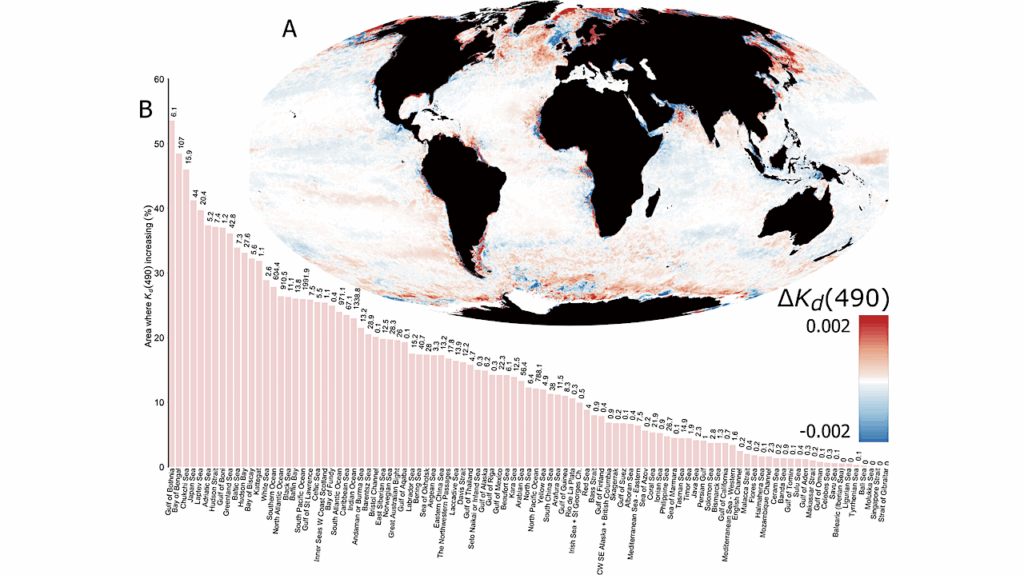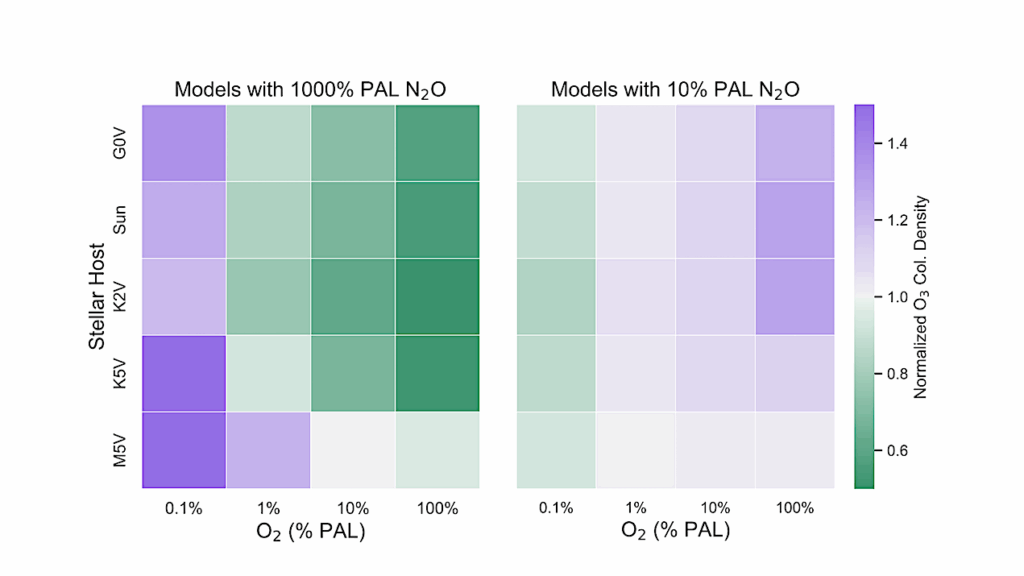Serpentine Rocks Provide Evidence Of Fossil Life On Earth

In the Hajar Mountains of Oman is a large slab of oceanic crust consisting of serpentinized ultramafic rocks, the largest exposure of such rocks on Earth’s surface. These distinctive rocks hold fossil evidence of microbes that were once living in the underground environment where these rocks form.
A team of scientists from Arizona State University, led by Jon Lima-Zaloumis, ASU PhD graduate and current postdoctoral research scholar at the School of Earth and Space Exploration, participated in the Oman Drilling Project (OmanDP) and were able to investigate drill core samples of the Samail Ophiolite. By studying these samples in detail using instruments available at ASU and abroad, the team was able to uncover fossil evidence of microbes that were once living and subsequently entombed in the underground serpentinizing environment.
For Lima-Zaloumis, this work is noteworthy because there have been relatively few publications exploring whether microbes can be preserved in environments where serpentine rocks form.
“Researchers are interested in these systems from an astrobiology perspective because microbes can thrive from the water-rock reactions associated with serpentinization,” said Lima-Zaloumis. “Although we know these systems can host active microbial ecosystems, it’s been unclear whether these systems can also lead to fossilization.”
This is significant because it highlights a unique geological environment where ancient evidence of life may be detected on Earth and potentially beyond. The results of their findings have been recently published in Nature Communications Earth & Environment, with lead author Lima-Zaloumis and co-author Maitrayee Bose, assistant professor in ASU’s School of Earth and Space Exploration.
“Our work may be helpful for current and future planetary exploration missions with astrobiology-oriented objectives, and highlights the importance of serpentine rocks as targets for future exploration,” said Lima-Zaloumis. “For example, serpentine has been detected from orbit within and around Jezero Crater, the site of the current Perseverance rover on Mars. If such rocks are encountered by the rover, our work emphasizes that they might be prime targets to search for evidence of past life.”
Lima-Zaloumis and his team spent several months searching for signs of life within these samples, which entailed long hours at the microscope and scanning electron microscope. They suspected that if any evidence of life would be found, it would occur within mineral-filled fractures that were common in the upper portions of the drill core (visible in the above images).
The team had an “aha” moment when they eventually found clusters of potentially biological-looking structures entombed by calcium carbonate minerals. Significant time was devoted to interrogate the morphology and chemistry of these structures to convince themselves that they were looking at probable microbial remains.
Serpentinizing environments have gained a lot of attention as places where microbes can thrive from water-rock reactions, and scientists think these processes may be ubiquitous beyond Earth. Hydrogen released during serpentinization can be a source of chemical energy in the subsurface of Mars and in the icy ocean worlds like Europa and Enceladus in the outer solar system.
For Lima-Zaloumis and the team, they hope that their research will bring more attention to serpentinizing environments as places where fossil evidence of microbes can be found.
“Redox gradients in serpentinzing systems are capable of generating amino acids and other organic materials associated with life, which makes this work highly relevant for missions to Mars and ocean worlds,” said Bose.
Lima-Zaloumis shared he is hopeful that future studies will uncover more examples of fossilized organisms in serpentinites around the world, which will help researchers develop a fuller understanding of how ubiquitous (or not) these preservation processes are, and how best to apply these lessons to similar rocks beyond Earth.
Other contributing authors on this study are Anna Neubeck, Uppsala University, Department of Palaeobiology Geocentrum, Villavägen; Magnus Ivarsson, Swedish Museum of Natural History, Department of Palaeobiology; Rebecca Greenberger, Caltech Division of Geological and Planetary Sciences; Alexis S. Templeton, University of Colorado, Department of Geological Sciences; Andrew D. Czaja, University of Cincinnati, Department of Geology; Peter B. Kelemen, Columbia University, Lamont-Doherty Earth Observatory; and Tomas Edvinsson, Uppsala University, Department of Materials Science and Engineering.
Microbial biosignature preservation in carbonated serpentine from the Samail Ophiolite, Oman, Communications Earth and Environment
Astrobiology








